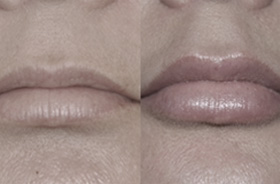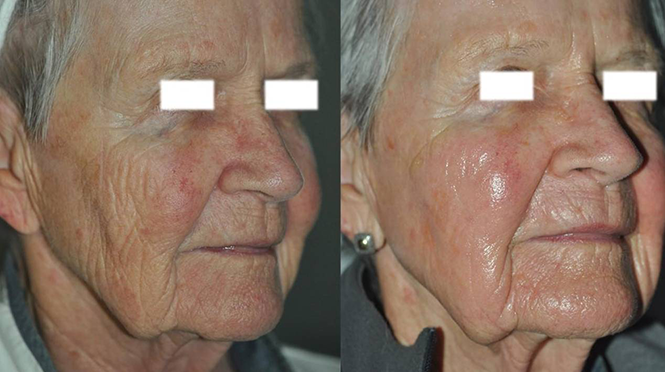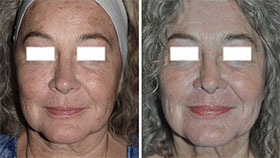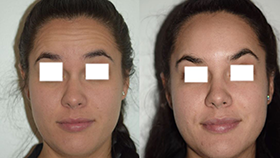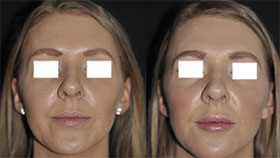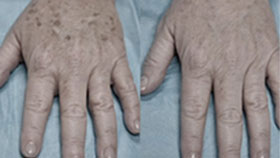Let’s Talk About Pigment!
Melanin is the component that gives people the color of their skin and hair. It can be demonstrated in photoaging or due to hormones.
Unwanted pigment in the skin is one of the most common aesthetic complaints we see in our Florida dermatology office. It can be acquired through extensive cumulative sun/UV exposure, genetics, or both. Many of the brown spots on the face acquired over time can often convey advanced age or a state of poor health, both of which may be untrue in most cases. This unwanted pigment can be present superficially in the skin or at varying depths. It may be hormonally sensitive—such as in the setting of melasma, otherwise known as the mask of pregnancy. All of these circumstances require a careful understanding of melanin’s biology in order to successfully treat it.
Superficial brown spots on the face can easily be treated using BBL. These treatments use flashes of focused light to damage the melanin granules in the superficial layers of the skin without damaging the rest of the skin. The pigment will turn ashy gray and look like coffee grinds before flaking off within seven to 10 days.
For deeper pigment or melasma, laser treatments with a device such as Moxi—which uses non-ablative doses of infrared light to create a light peel—will help to bring this deeper pigment to the surface before flaking off. Both of these treatments (BBL and Moxi) require very little downtime, if any. Deeper pigment juxtaposed on aging skin can be treated using HALO, which treats both the pigment and collagen to produce a polished, refreshed look. This latter treatment only has a downtime of about five or six days.
All of these laser and light procedures can help to treat unwanted pigment for a refreshed, healthier appearance.
For more information or to schedule a consultation, call (239) 732-0044 or send a message online.



